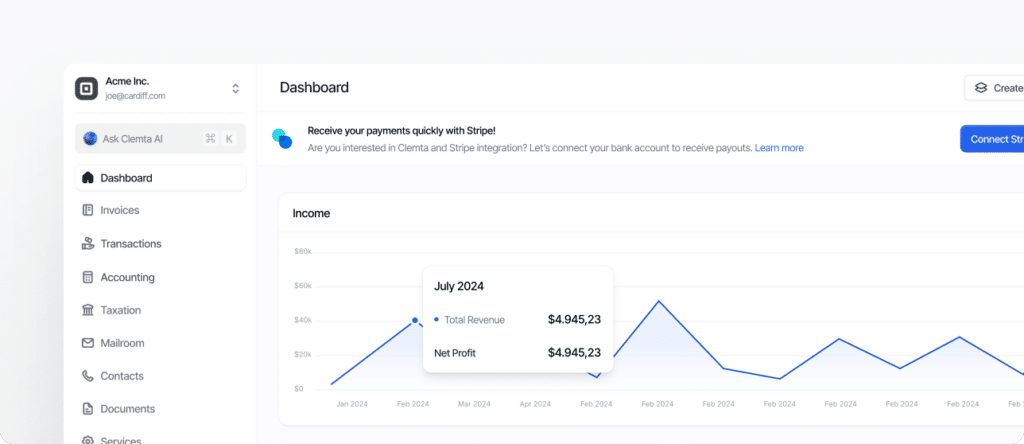An organized list of all the financial accounts used by a business to classify income, expenses, assets, liabilities, and equity (forming the foundation of its bookkeeping system).
What is the Chart of Accounts?
A Chart of Accounts (COA) is like the backbone of your bookkeeping system. It’s a listing (often with numbering) of every account where financial transactions are categorized. These accounts are typically arranged in the order they appear on financial statements: starting with assets, then liabilities, equity, revenue (or income), and expenses. Each account in the COA has a name and often a unique reference number. For example, your COA might start with 1000 series for assets (1010 Cash, 1020 Accounts Receivable, 1100 Furniture & Equipment, etc.), 2000 for liabilities (2010 Accounts Payable, 2200 Loan Payable), 3000 for equity (3010 Common Stock, 3100 Retained Earnings), 4000 for revenue (4010 Service Revenue, 4020 Product Sales), and 5000-7000 for expenses (5010 Rent Expense, 5020 Office Supplies, 6010 Salaries Expense, 7010 Marketing Expense, and so on). The exact numbering and categories can be customized to the business’s needs, though many accounting software come with a template COA for typical businesses.
Why is the COA important? It ensures consistency in how transactions are recorded. When an expense occurs, the bookkeeper knows exactly which expense account to put it in. When revenue comes in, it’s slotted to the correct revenue account. This consistency makes financial statements meaningful and comparative over time. For instance, if you record software subscriptions under “Office Expenses” one month and under “Software Expense” another month, your expense breakdown could become messy. A well-structured COA avoids that by clearly defining buckets for each type of transaction. It also helps in budgeting and analysis: you might budget a certain amount for “Travel Expense (Account 6100)” and because all travel-related costs are booked to that account, you can easily track actual vs budget.
For non-U.S. founders new to U.S. accounting, the COA concept is universal, but account naming and grouping might differ by country. In the U.S., following standard COA layouts (like those recommended by QuickBooks or Xero) can help ensure your accounts align with standard financial statement presentation. Also, tax preparation is easier if your COA segregates tax-relevant items (like meals/entertainment expenses or certain tax credits). If you work with a U.S. CPA or bookkeeper, they’ll likely help set up a COA that fits both management and tax reporting needs.
As your company grows, the COA can evolve. Startups might start with a lean COA (maybe just one revenue account, a handful of expense accounts). Over time, you may subdivide (e.g., splitting “Sales Revenue” into “Product A Revenue” and “Product B Revenue” accounts to track lines of business separately). But beware of overcomplicating it – too many accounts can be unwieldy and unnecessary (especially if they seldom have entries). It’s about balance: enough detail to be informative, but not so much to be confusing. For example, instead of 10 different accounts for different software subscriptions, you might just have one “Software and SaaS Expenses” account. Software like QuickBooks uses the COA to generate drop-down lists when recording transactions. In double- entry accounting, every transaction hits at least two accounts from the COA (one debit, one credit). For instance, you get $100 from a sale: you debit Cash account, credit Sales Revenue account. The COA ensures both accounts exist and are distinct.
In summary, the Chart of Accounts is the skeletal structure for your entire accounting system – it defines where everything goes. Taking some time to design it thoughtfully (often with accounting guidance or using a standard template) will pay off in easier bookkeeping and clearer financial reporting. If using Clemta’s bookkeeping, they likely either standardize the COA or let you customize it but within a structured approach. Always keep the COA documented, and if you add new accounts, do so methodically and communicate to your bookkeeping team why and how to use them.

